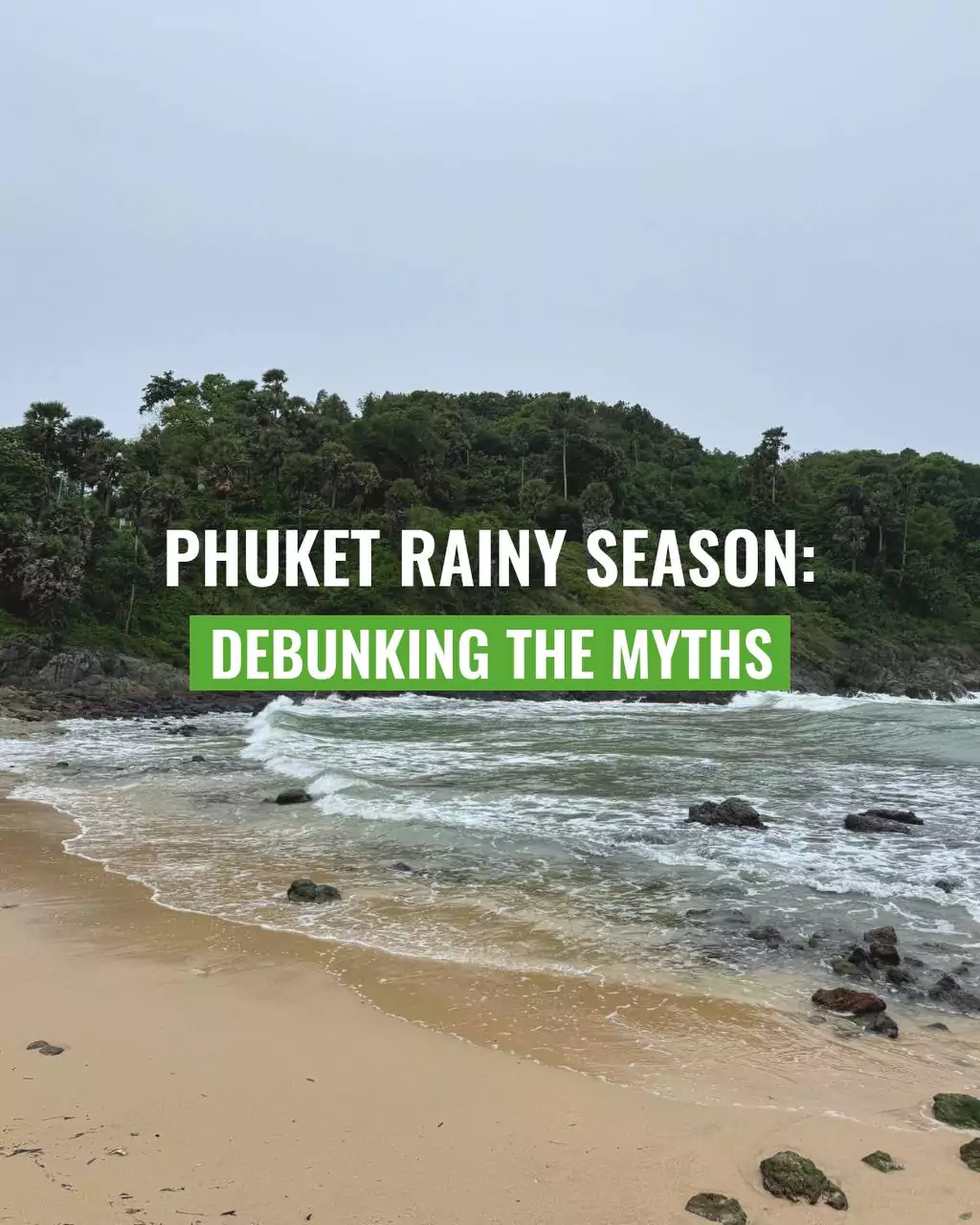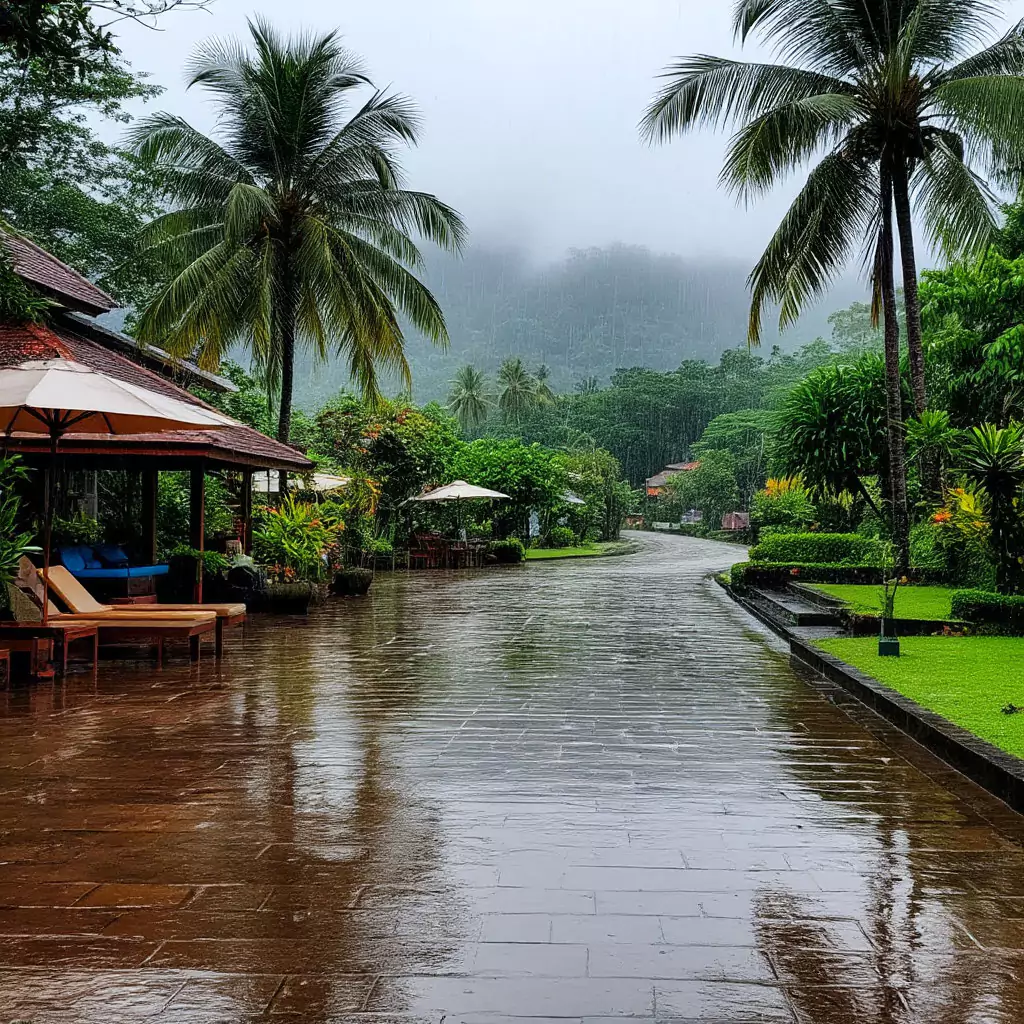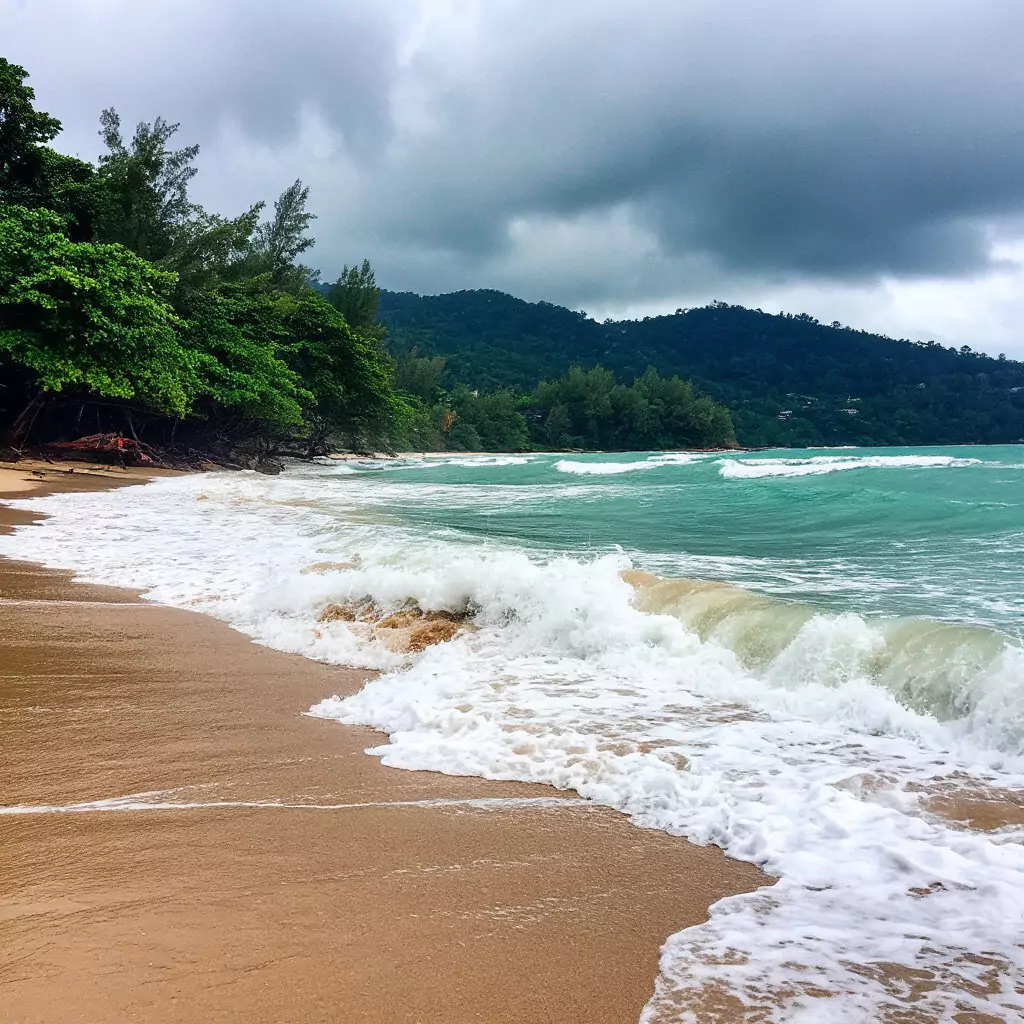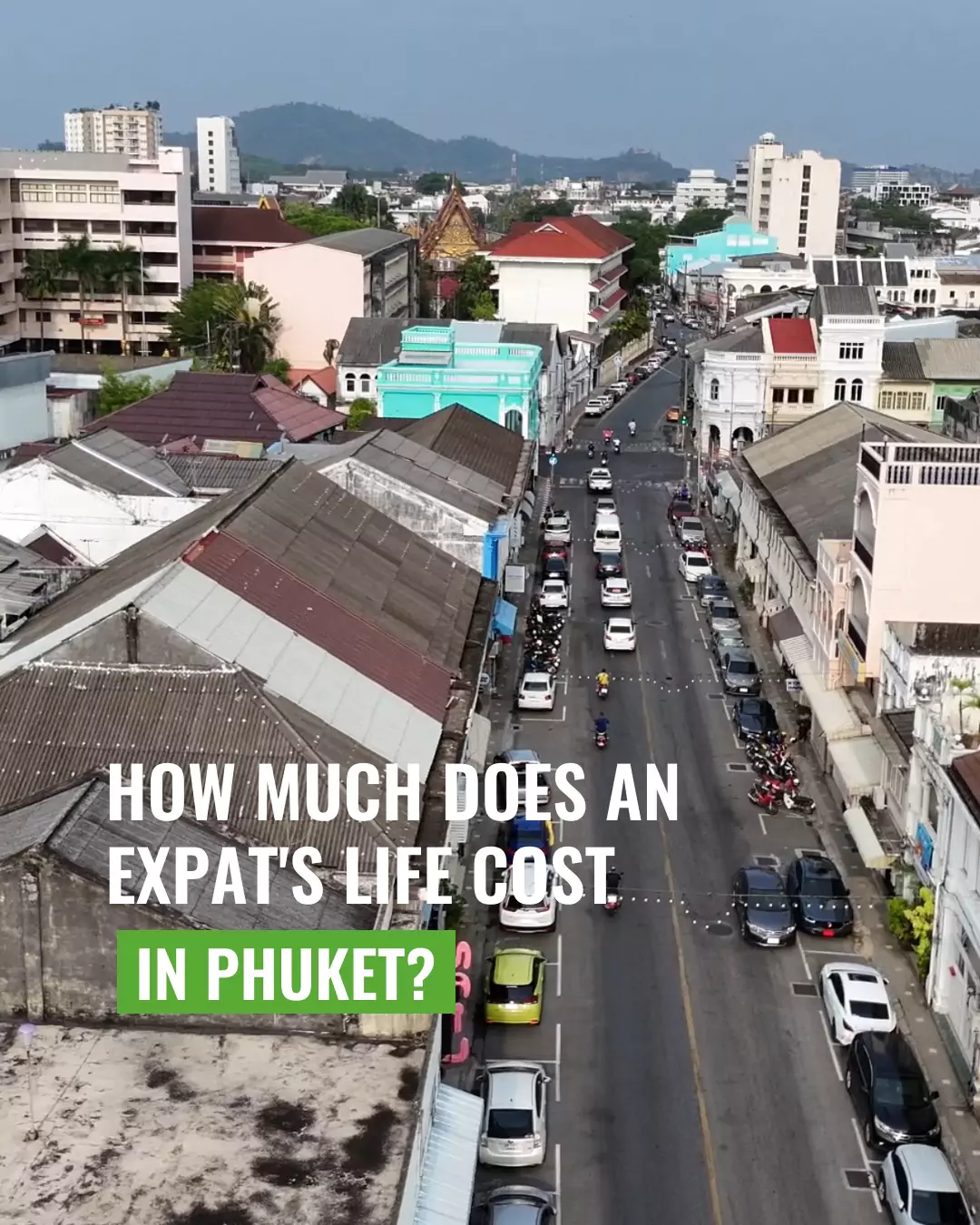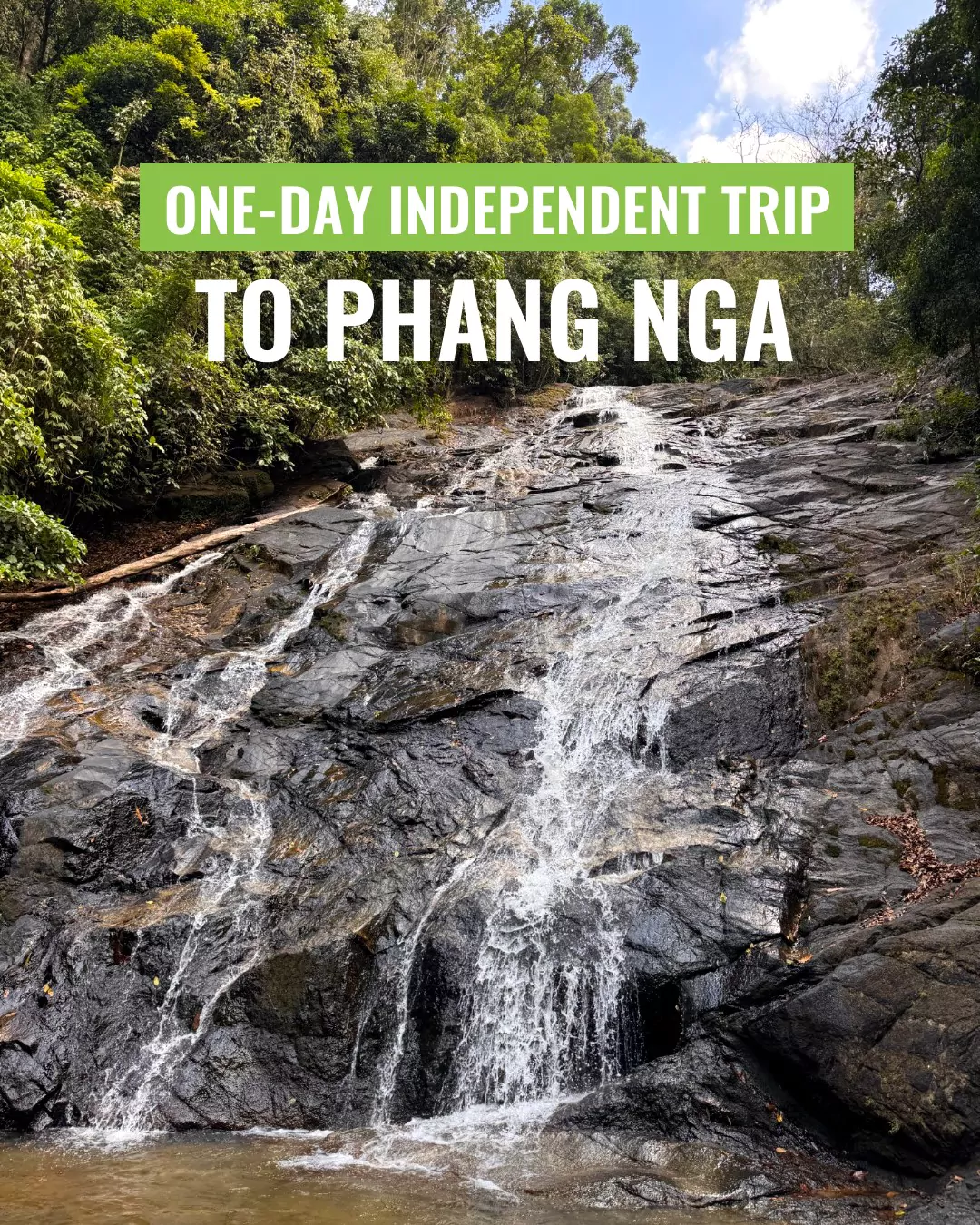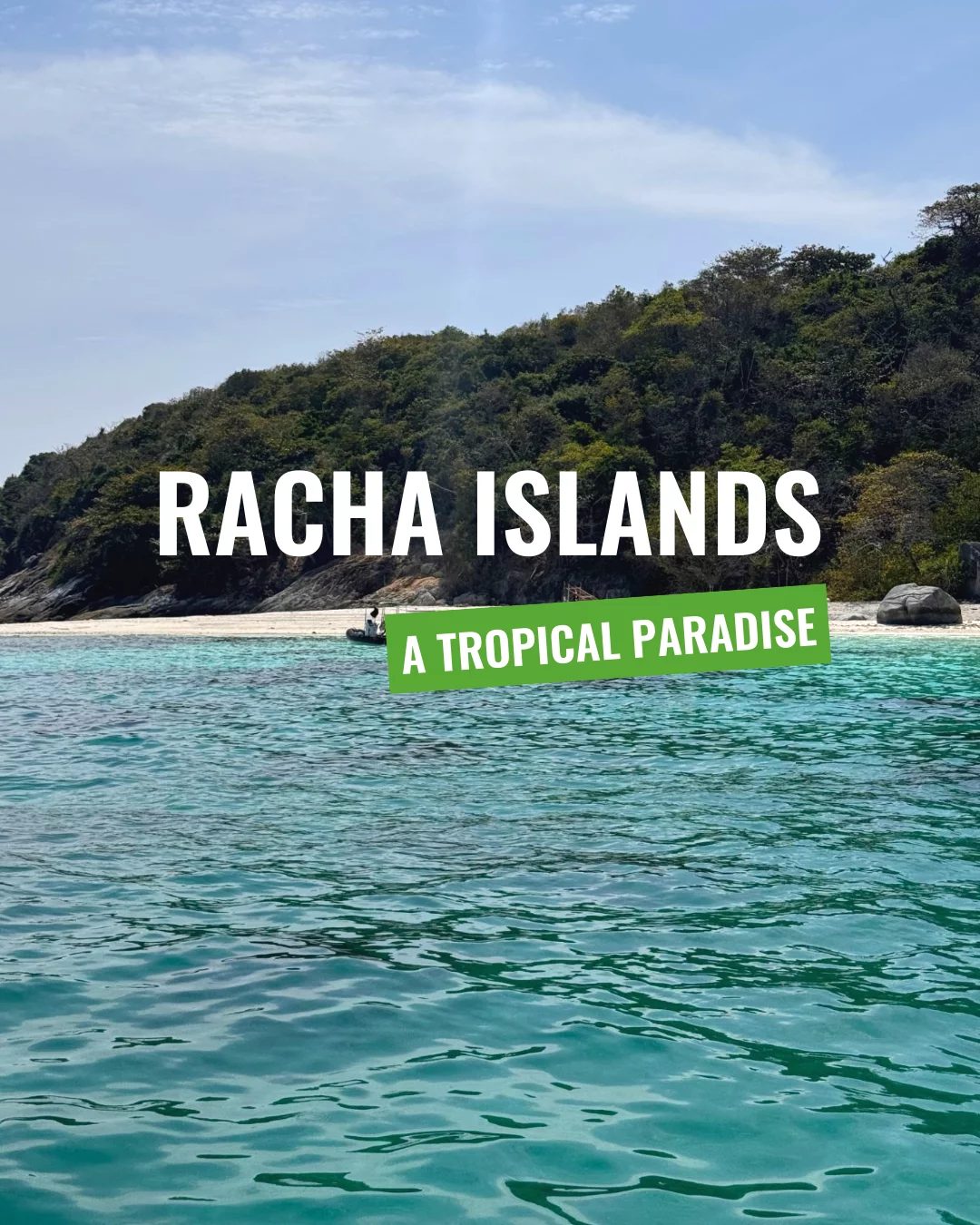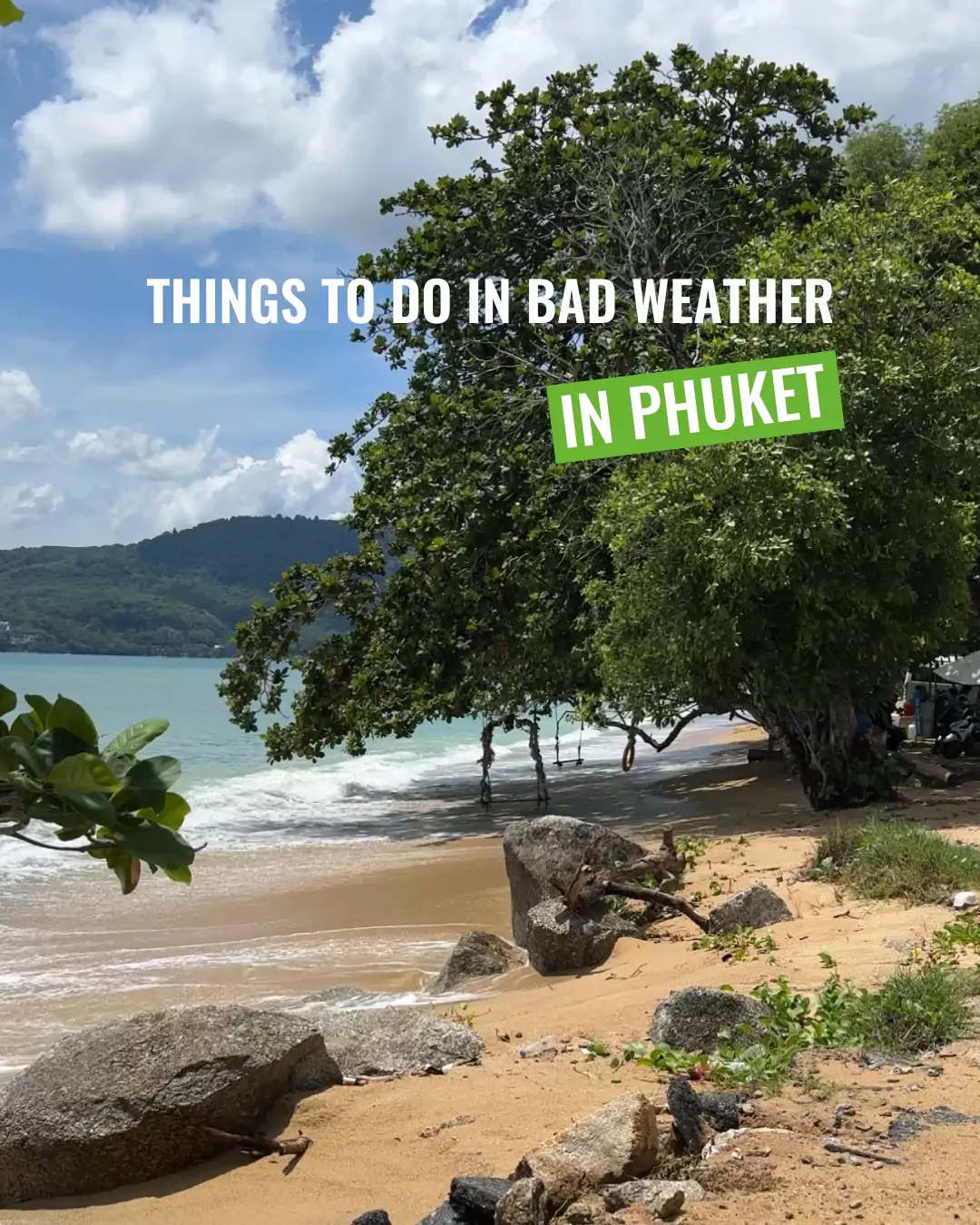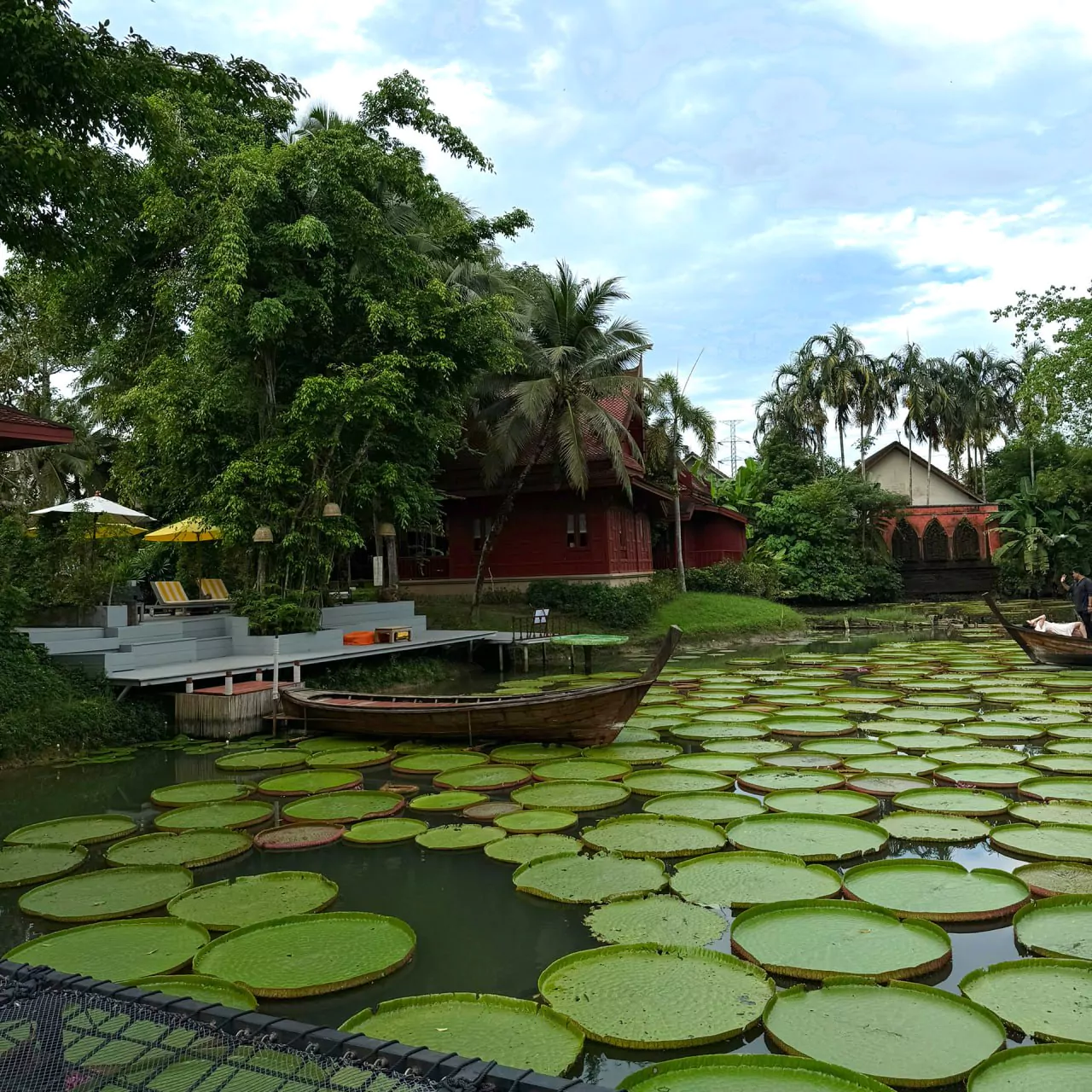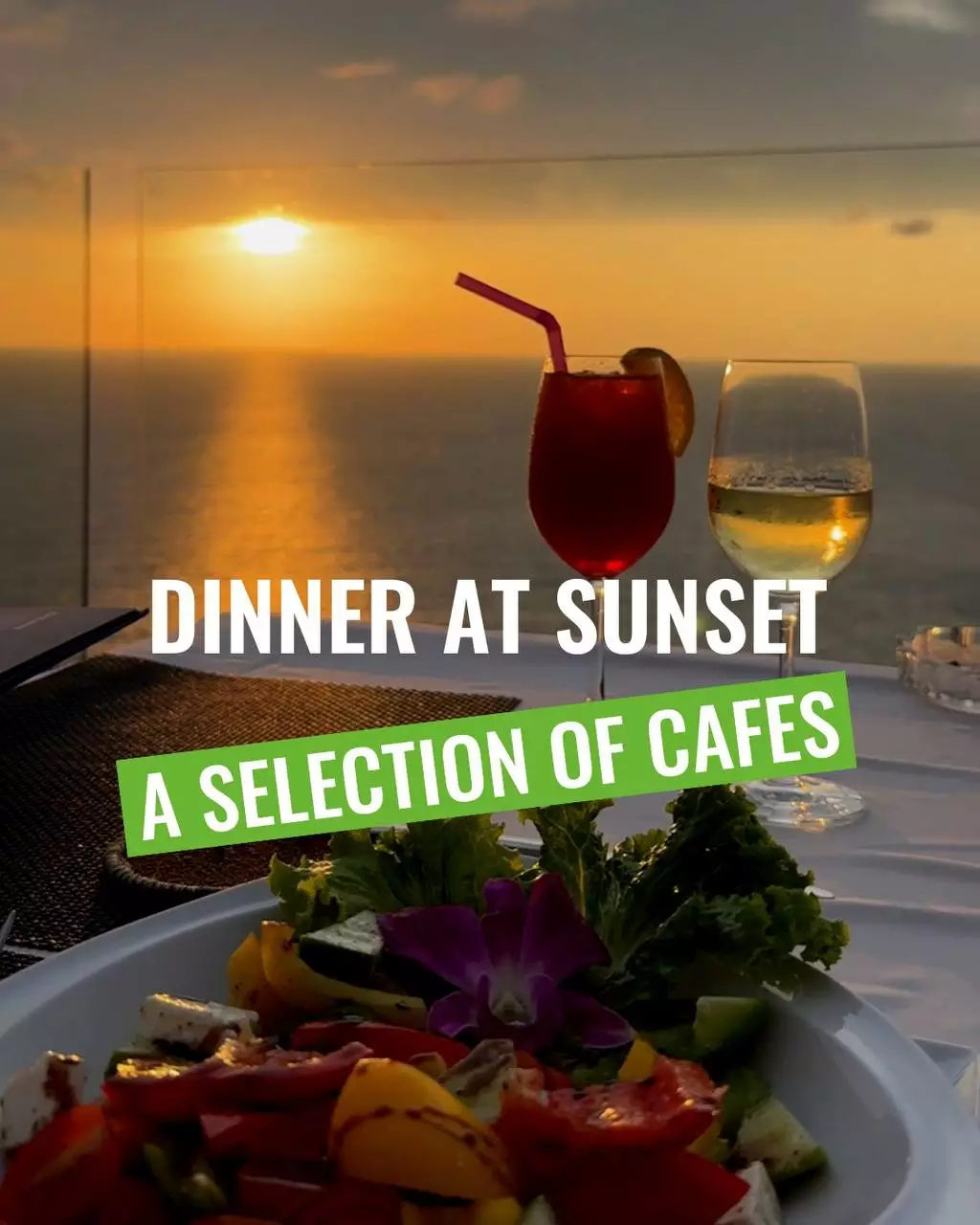Rainy Season in Phuket: Debunking the Myths
Phuket has a distinct seasonality: half the year is sunny and hot, and the other half brings rain and wind. Indeed, the period from May to October is considered the low season on the island. Monsoons bring humid air from the Andaman Sea, temperatures become cooler, the sky is often overcast, and it rains frequently.
However, the reality can differ significantly from many travelers’ expectations (spoiler: it’s not as bad as you might think). Debunking common myths about rainy season and revealing the truth about vacationing in low season.
Myth 1: “It rains around the clock”
Reality: Contrary to popular belief, it rarely rains all day. A typical pattern is short but intense downpours lasting 1–3 hours. They often occur in the afternoon or at night, so you might not even notice it rained.
The rainiest months are usually May, September, and October, while June and July tend to see less precipitation. So, the entire season isn’t super wet.
Myth 2: “It gets cold in Phuket”
Reality: It never actually gets cold in Phuket — air temperatures stay around 28–30°C (82–86°F). Yes, after rain it might feel slightly cooler, dropping to 25–26°C (77–79°F), occasionally down to 23–24°C (73–75°F), but that hardly qualifies as cold.
Myth 3: “Everything is closed, there’s nothing to do”
Reality: Most attractions, restaurants, and shops operate as usual. Some boat tours may be canceled due to storm warnings, but land-based activities are still available. You can visit temples, museums, enjoy a massage or SPA, go shopping in malls, and much more. Here are 5 ideas of what to do in Phuket during bad weather.
Myth 4: “The sea is too dangerous”
Reality: It’s true that some beaches may display red flags prohibiting swimming. However, Phuket’s eastern and southern shores are often calm even during the low season. We’ve already written in detail about wave-free beaches during the off-season. Also, many hotels have pools where you can swim regardless of the weather.
We’ve busted the myths — now let’s talk about the advantages of the low season. And for some, these may actually be more important for a comfortable, high-quality vacation.
Fewer tourists. Beaches, attractions, and restaurants are not overcrowded. This is especially noticeable when compared to peak season — no need to spend half an hour looking for a spot on the beach, no pushing through crowds at the night market, and no long lines at the waterpark slides.
Lower prices. Accommodation costs in hotels or apartments can drop by up to 50% (!) compared to the high season — a very tangible saving.
The juiciest and sweetest fruits. Most Thai fruits ripen during the rainy season. Rambutan, mangosteen, watermelon, dragon fruit, longan, pomelo, starfruit, durian — take your pick! We’ve written about all the exotic fruits you can try in Phuket here.
Lush tropical nature and full-flowing waterfalls. After the rain, the vegetation becomes especially vibrant and lush, and the waterfalls — especially in the nearby Phang Nga province — are once again full and powerful. And don’t forget the insanely beautiful sunsets that follow the rain!
Variety. During the hot season, the weather tends to be monotonous: sun and heat. But in the low season, Phuket reveals itself from different angles — dramatic clouds, cooling rain, vibrant greenery, sunshine — you’ll get to experience it all!
Get yourself a small foldable umbrella or a light raincoat, and a waterproof phone case — that’s really all you need to get through this season comfortably. In fact, the rainy season in Phuket has its own unique charm, and many people actually prefer this time of year over the busy peak season.
Our website will help you find the best spots on the island in any season. Discover the top cafes and restaurants, scenic viewpoints, and beaches to make your holiday truly unforgettable.

